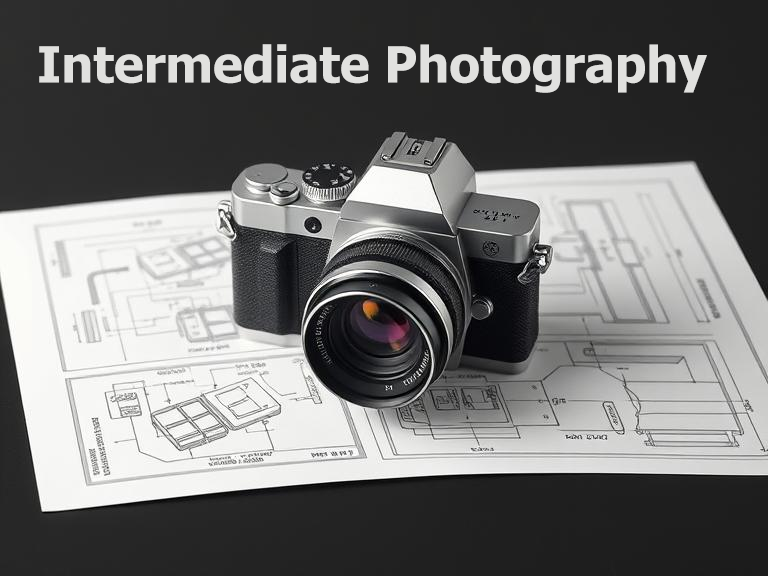Understanding the art of creating balanced and harmonious images is essential for photographers, designers, and visual artists. Balance in art refers to the distribution of visual weight within a composition, achieving a sense of stability. This harmony is not only pleasing to the eye but also conveys the intended message effectively. Achieving a balanced and harmonious composition involves utilizing various design elements, principles, and techniques.
Visual balance can be symmetrical or asymmetrical. Symmetrical balance, sometimes called formal balance, involves mirroring elements on either side of a central axis, creating a neat and orderly look. This approach is often employed in architectural photography, portraits, and landscapes where creating a serene and stable feeling is crucial. Symmetrical balance conveys timelessness, grandeur, and authority.
On the other hand, asymmetrical balance involves arranging elements of different sizes and visual weights such that they balance each other out on either side of the composition. This approach is more dynamic and interesting because it creates movement and tension within the image. Asymmetrical balance can be achieved by balancing a large, simple shape with a smaller, more complex one or by using color and texture. It allows for greater creativity and flexibility in the composition.
The rule of thirds is a widely-used guideline for achieving balance. By dividing the image into a 3×3 grid, important compositional elements can be placed along the intersections or lines, creating more tension, energy, and interest. This technique draws the viewer’s eye naturally through the image, allowing them to explore different parts without feeling overwhelmed.
Color is another powerful tool in creating harmonious images. Colors can evoke emotions and set the tone of an image. Warm colors (reds, oranges, yellows) tend to advance towards the viewer, while cool colors (blues, greens, purples) tend to recede. Balancing warm and cool colors can add depth and interest. Complementary colors, located opposite each other on the color wheel, offer high contrast and draw viewer attention. Analogous colors, located next to each other, provide subtler harmony and unity.
Texture and pattern can enhance balance by adding visual interest and depth. Rough textures and busy patterns can balance larger, simpler areas by offering counterpoints. Smooth textures can create calm spaces within a composition, leading the viewer’s eyes through complex scenes. Patterns can create rhythm, guiding the eye and helping to establish a flow within the image.
Scale and proportion further influence balance and harmony. Scale refers to the size of an object in relation to others within the image. Proportion is the relative size of parts of a whole. By manipulating scale and proportion, artists can create emphasis or diminish the importance of specific areas. Oversized elements can emphasize importance, while varying scales between elements can lead to dynamic interactions, providing depth and layers.
Negative space is the area around and between subjects. Effective use of negative space can support balance by providing visual rest points, drawing attention to the primary subject, and preventing clutter. Artists achieve harmony by understanding when to incorporate negative space, thus allowing elements to breathe within the composition.
Perspective also plays a crucial role in creating balanced images. Linear perspective uses converging lines to create depth, while atmospheric perspective uses color and clarity. These techniques help arrange elements three-dimensionally on a flat surface, providing visual cues for space and distance, contributing to harmony and balance.
Emphasis and focal points guide the viewer’s attention. By choosing where to place the focal point, artists control what viewers see first. Strategically using contrast, brightness, or color saturation can lead the viewer’s eye to the intended focal point, ensuring clarity and intentionality in the message.
Gestalt principles of perception—such as similarity, continuation, closure, proximity, and figure-ground—reveal how the human brain organizes visual stimuli. These principles can be leveraged to create balanced compositions by predicting how elements will be perceived and grouped, thereby enhancing cohesiveness.
In photography, lighting is paramount in achieving balance and harmony. Proper lighting can accentuate textures, define shapes, and evoke moods. Natural lighting, golden hours, and studio setups all offer varied opportunities to manipulate light for balanced compositions.
Exploring different styles and genres enriches an artist’s understanding of balance. Minimalism focuses on simplicity, using limited elements to create strong impressions. Abstract art challenges traditional balance by defying norms, pushing boundaries with color, shape, and form. Utilizing digital tools and software further expands possibilities, allowing for experimentation in achieving balance and harmony.
In the digital age, social media and online platforms have changed how viewers interact with images, influencing the importance of balancing elements in thumbnails and previews for maximum engagement.
Continually practicing and refining techniques fosters the artist’s growth and ability to create balanced and harmonious images. Experimentation encourages discoveries, transforms visions into reality, and evolves an artist’s unique style.
Understanding and applying these principles allows artists to communicate more effectively by guiding viewer perception, evoking emotions, and crafting memorable visuals. As such, the art of creating balanced and harmonious images remains a fundamental skill across visual disciplines.


